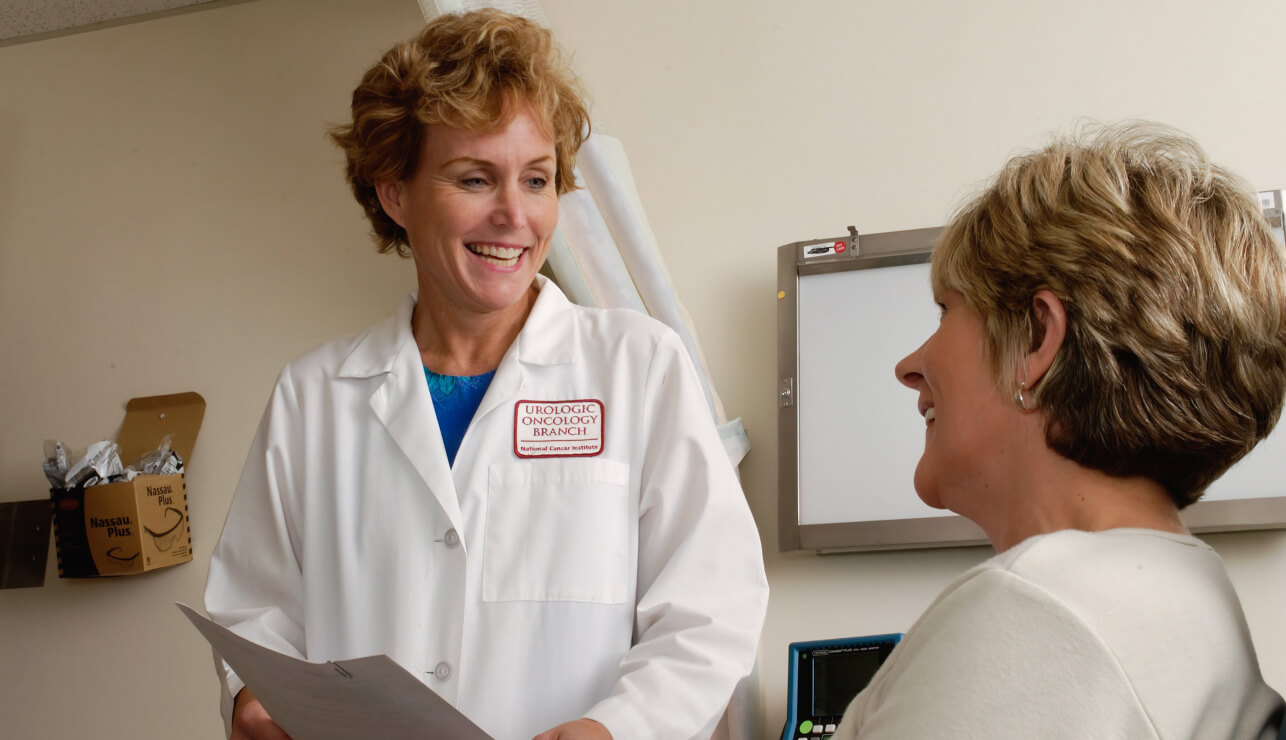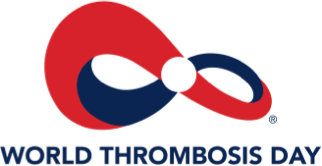Know Thrombosis
Thrombosis is the formation of a blood clot in a blood vessel.
Thrombosis is the formation of a blood clot in a blood vessel. The vessel may be any vein or artery as for example, in a deep vein thrombosis (venous) or a coronary artery (arterial). The clot itself is termed a thrombus. Once formed, a clot can slow or block normal blood flow, and even break loose and travel to an organ. A clot that travels to the circulation is called an embolism. Thrombosis is the often preventable underlying pathology of heart attack, thromboembolic stroke, and venous thromboembolism (VTE), the top three cardiovascular killers.

Who is at Risk for a Blood Clot?
Blood clots affect people of all ages, races and ethnicities, and occur in both men and women. Certain factors and situations can increase the risk of developing a blood clot(s).
To identify whether a patient is ‘at-risk,’ healthcare professionals should conduct a VTE risk assessment, which is tool or questionnaire that gathers information about a patient’s age, medical history, medications and specific lifestyle factors. Information is then used to discern a patient’s potential risk (e.g., high, moderate or low risk) for developing blood clots in the legs or lungs. If you are admitted to a hospital and don’t receive a VTE risk assessment, be proactive and ask for one.
Knowing the signs and symptoms of thrombosis could save your life.
Understanding the signs and symptoms of venous thromboembolism (VTE), which encompasses deep vein thrombosis (DVT) and pulmonary embolism (PE), is vital for your well-being.
VTE is a potentially life-threatening condition where blood clots form in deep veins (DVT) and can travel to the lungs (PE). Recognizing the warning signs, such as leg pain, swelling, warmth, and chest pain, shortness of breath, or coughing up blood, can mean the difference between timely intervention and a life-threatening emergency. Awareness of VTE symptoms empowers individuals to seek prompt medical attention, potentially preventing severe complications and saving lives.


About 100,000 of those people will die, which is greater than the total number of people who lose their lives each year to AIDS, breast cancer, and motor vehicle crashes combined.
Emerging data have enhanced the understanding of cancer-associated thrombosis, a major cause of morbidity and mortality and indicates that cancer patients are at four times higher risk than the general population of developing serious blood clots.
Others include cancer-associated thrombosis and gender-specific risks.

